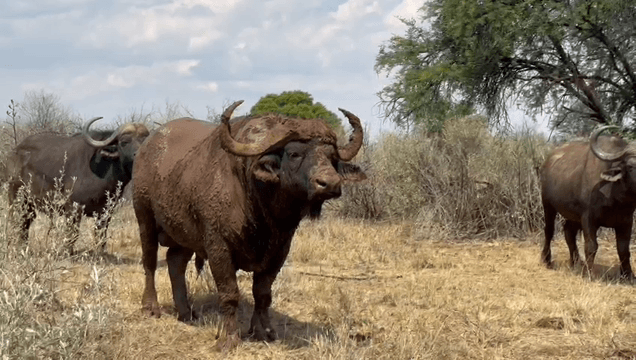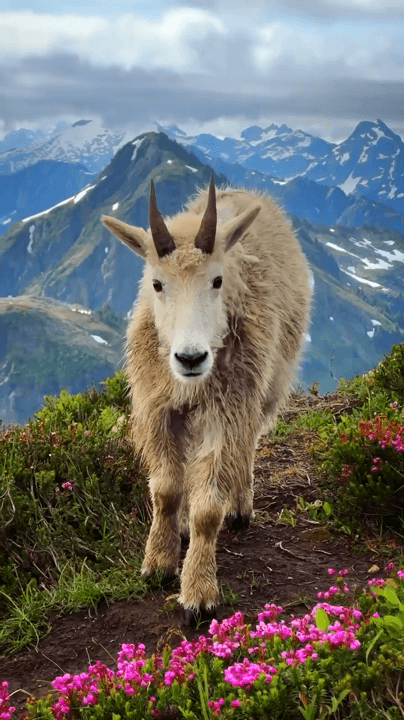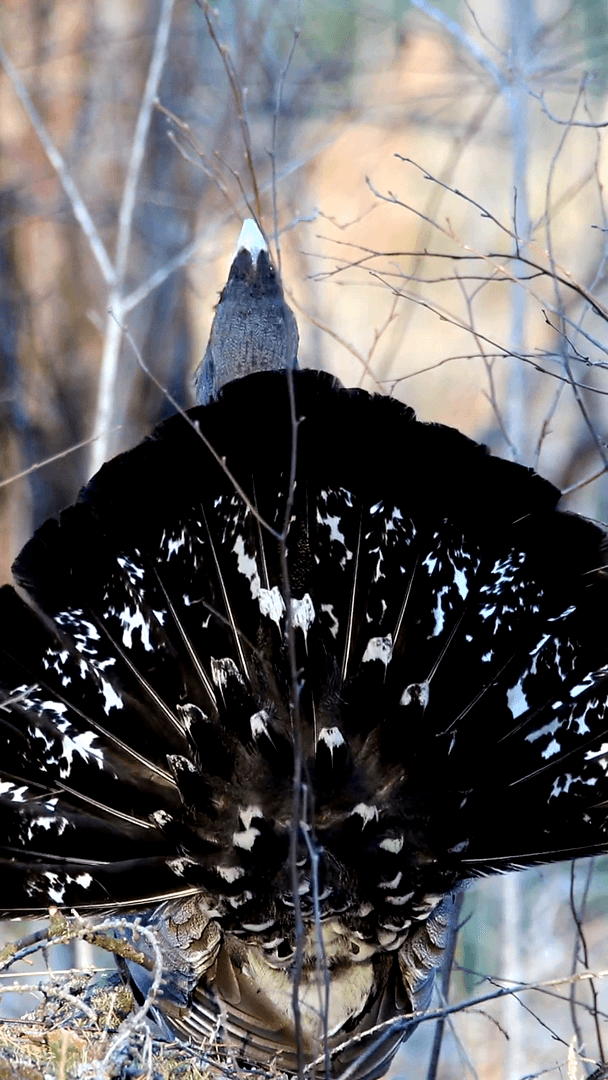
4WD and Adventure Show Sydney 2025: September 14–15, 2025, Sydney Dragway, Sydney, Australia The 4WD and Adventure Show Sydney 2025 is set to return this September with even more to explore, experience, and enjoy. This two-day outdoor lifestyle exhibition is the ultimate destination for adventure lovers, off-road enthusiasts, and families looking to dive into the latest trends in 4x4 travel, camping, marine recreation, and tourism technology. Held at the renowned Sydney Dragway, the event is expected to draw thousands of visitors from across New South Wales and beyond, eager to check out the latest gear, vehicles, and travel solutions for every kind of adventure — from weekend escapes to full-blown overland expeditions. History of the 4WD and Adventure Show The 4WD and Adventure Show has a rich history spanning over three decades, originating in Western Australia in the early 1990s. Created to bring together the growing community of 4WD enthusiasts, outdoor adventurers, and travel
Post: 1 August 06:50







































